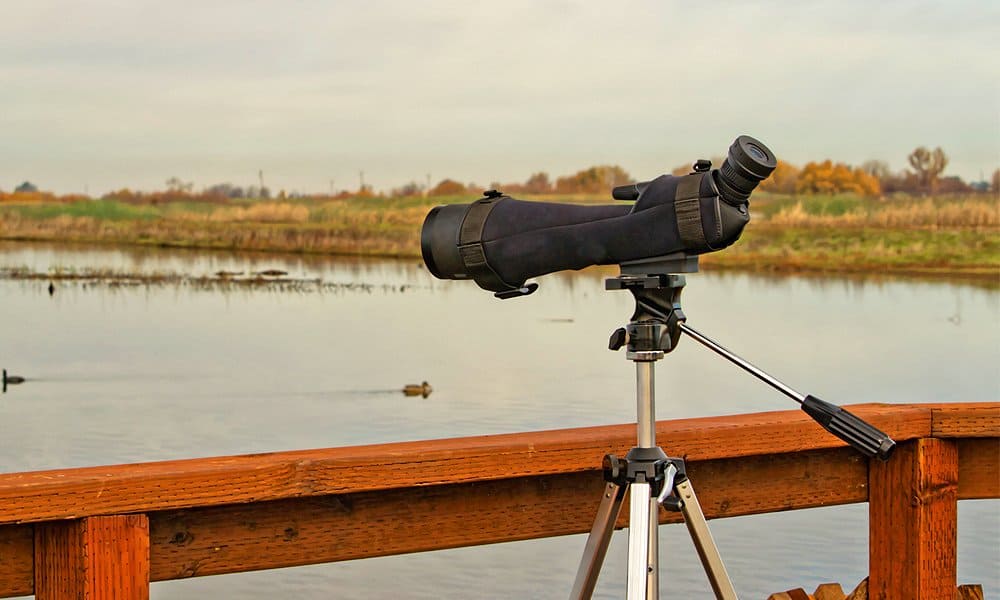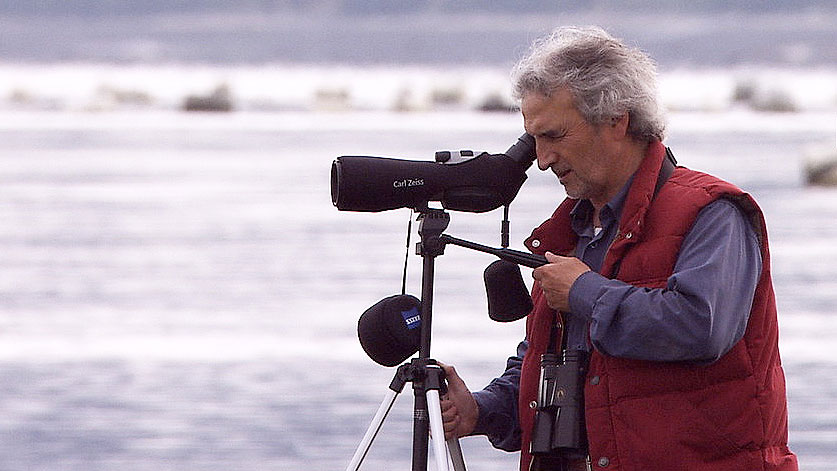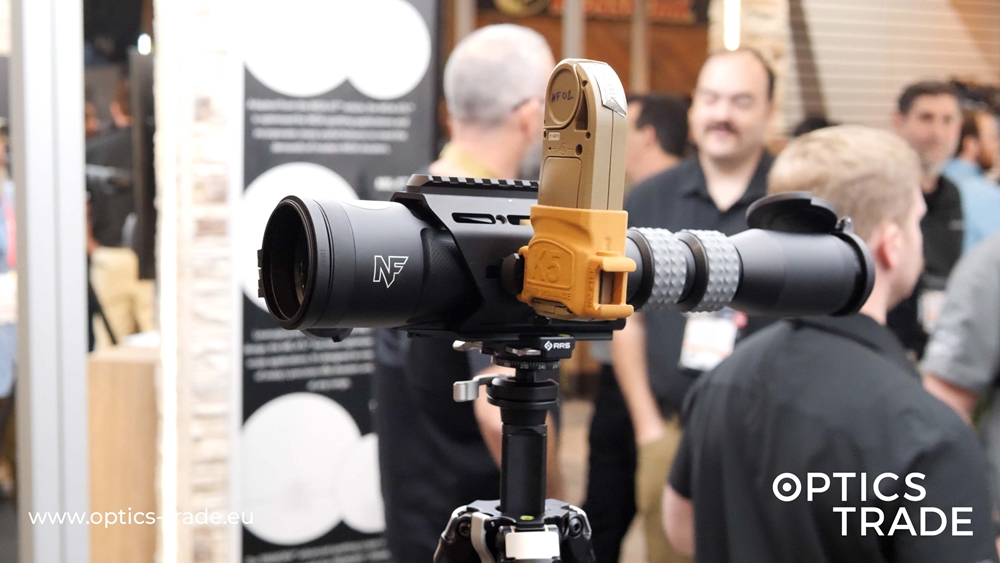Introduction
A spotting scope serves numerous purposes and buying one can be a rather challenging task. Besides the magnification decision, the “why are spotting scopes angled” question pops up the most.
When looking through a spotting scope for longer periods of time, waiting for that bird to show up, being comfortable is more important than one might think. This is where angled spotting scopes come to the rescue. And we will soon find out why.

Spotting Scopes in General
According to Wikipedia, “a spotting scope is a compact high-power telescope optimized for detailed observation of distant objects.” Spotting scopes are used as optical enhancement products and because they can be carried around, they can also be used for a number of outdoor activities, like birdwatching, astronomy, hunting, target shooting, and surveillance.
At first glance, the spotting scope looks like a small telescope, but because of its image-erecting prism system, it is more like a monocular. It offers larger magnification abilities than the most powerful of binoculars, and many spotting scope eyepieces can provide magnifications of up to 60x or more.
A spotting scope, like all optics, has a body, which is the central part that holds all lenses. It also sports an eyepiece, which can usually be interchangeable. It requires a tripod to be set up – the scope attaches to the tripod head which enables the user to rotate it while observing.
Angled Spotting Scopes
Spotting scopes come in two different types: one for straight viewing and one for angled viewing. The difference between the two calls for another article as in this one, our main focus is angled spotting scopes.
In an angled-body spotting scope, the eyepiece is located at 45° to the body, suggesting that what you see is at an angle as well. This allows for more convenient use when lying down or sitting, and spares you the trouble of having to bend your neck, regardless of how tall you are.
To find out where the angled spotting scope gets its name, just look at it. Clearly, a straight scope is straight, similar to binoculars, while the angled one curves up in the direction of the eyepiece end. The curve enables the user to adjust their viewing angle, which makes observing much more comfortable and enjoyable.
As we mentioned earlier, spotting scopes need to be mounted on a tripod before use. An angled one can be mounted lower, and it can also be mounted on a tripod that weighs less. This results in a steadier image. It also makes it is easier to look up because the user simply bends their head and looks for the bird.
If the bird has, for some reason, ended up on the ground, or if you wish to observe something that is positioned lower, the angled spotting scope also makes it easier to look down, without the need to shorten the legs of the tripod. Simply point the optics wherever and rotate it to the side, if the eyepiece is positioned higher than your eye.

Conclusion
Let us face it. There is no such thing as the perfect observing conditions. You are never really on flawlessly-leveled ground because that is just how nature is. Some spotting scopes are angled because they allow the user great observation in not-so-great positions.
There are many advantages to it, but the most obvious one is the comfortableness, and traveling with a more lightweight scope – which is always a plus – but if you do not think so now, you will most certainly thank us when you come back from your backpacking trip.






